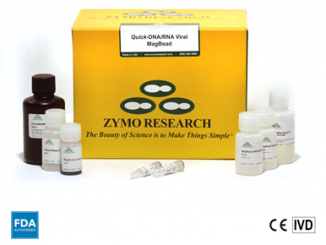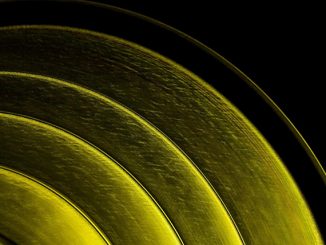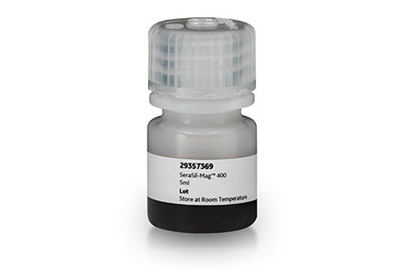
New SeraSil-Mag silica coated superparamagnetic particles from GE Life Sciences are designed for diagnostic analyses of nucleic extractions from biofluids and liquid biopsy samples. With high magnetization and strong binding capacity, they are particularly effective when only trace amounts of DNA are available.
The beads provide an optimal binding surface with regular morphology to optimize binding efficiency and reduce variability. SeraSil-Mag beads make the transition from column purification to bead-based purification easy for laboratories and provide high-purity extraction enabling low limits of detection, assay after assay.
In high throughput nucleic acid extraction applications, magnetic particles have become the method of choice, replacing the more complex processing associated with column-based approaches. Binding capacity is always of interest, notes GE, but in cases where the input sample is scare, maximum levels of DNA capture and lowest unspecific binding are required. With the trend clearly moving towards extraction for clinical applications, the focus is placed on increasing the throughput of nucleic acid purification by using faster, easy to handle, automated and safer procedures that deliver results every time.
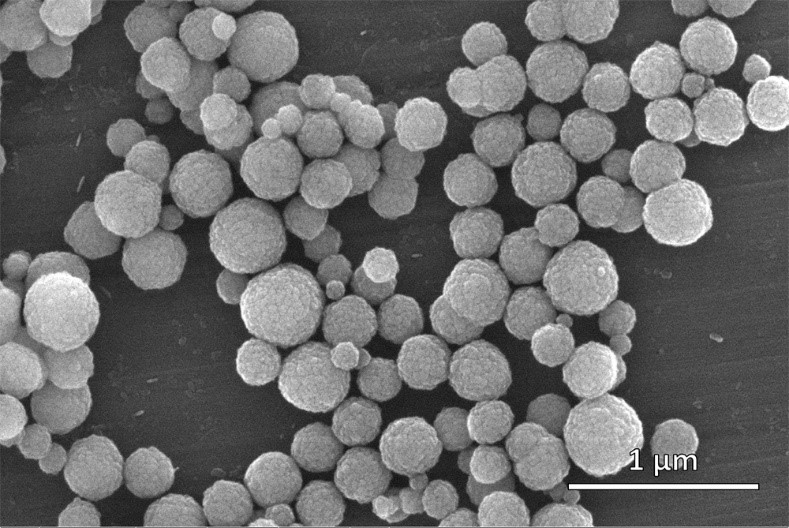
1 milliAngstrom
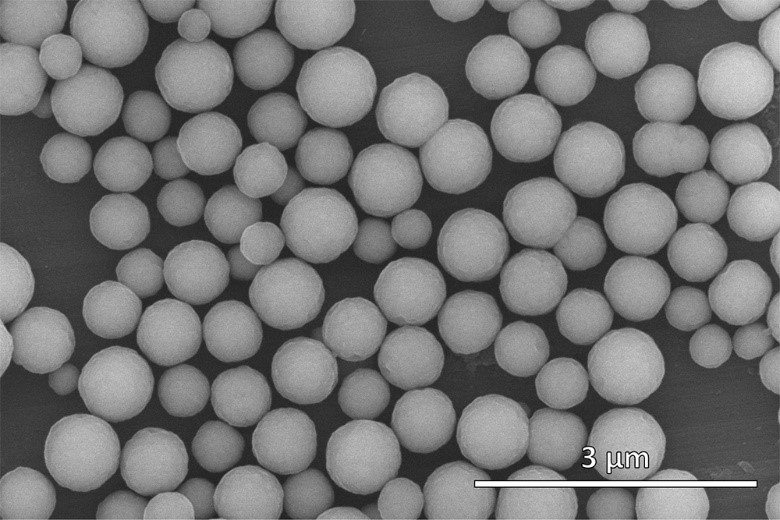
The new particles join GE Healthcare’s existing line of Sera-Mag beads. Key features of the SeraSil-Mag particles are high magnetization rated at 60 emu/g and strong binding capacity which give fast magnetic response of about five seconds and shorten the time of magnetic steps during isolation. They are uniform in size having a submicroscale diameter of about 700 nanometers and 400 nanometers, offering a choice based on surface requirements.
According to Wikipedia, Superparamagnetism is a form of magnetism which appears in small ferromagnetic or ferrimagnetic nanoparticles. In sufficiently small nanoparticles, magnetization can randomly flip direction under the influence of temperature. The typical time between two flips is called the Neel relaxation time.
For more info see: gelifesciences.com/SeraSil-Mag.


